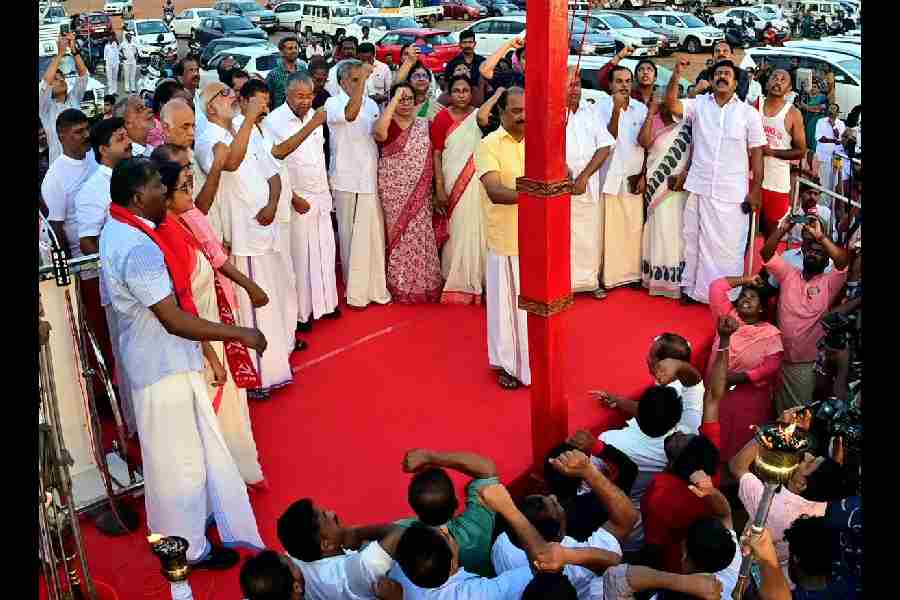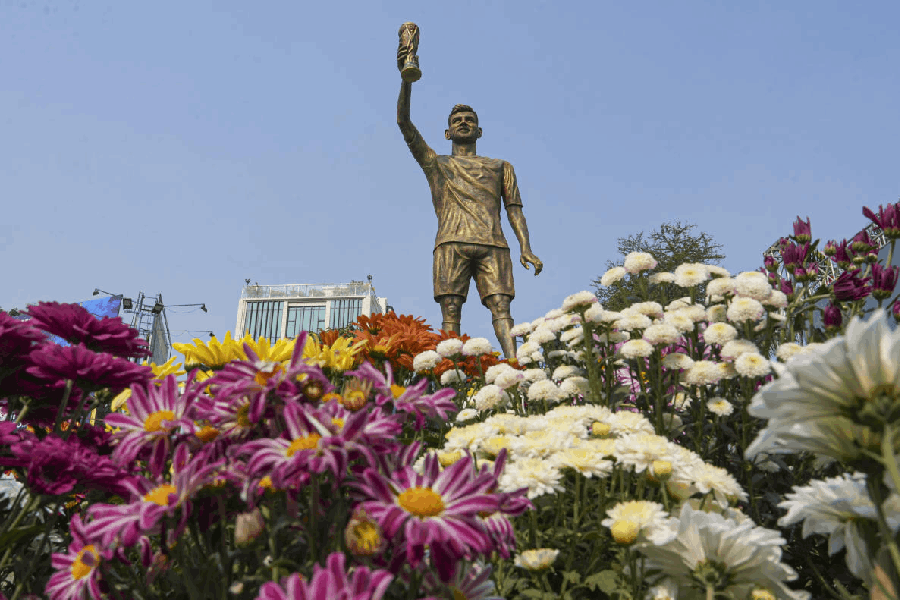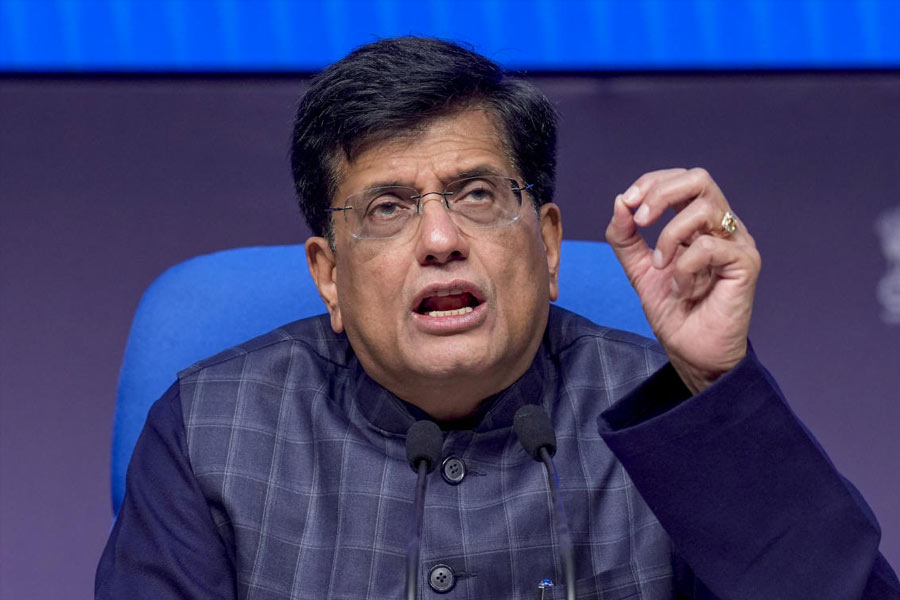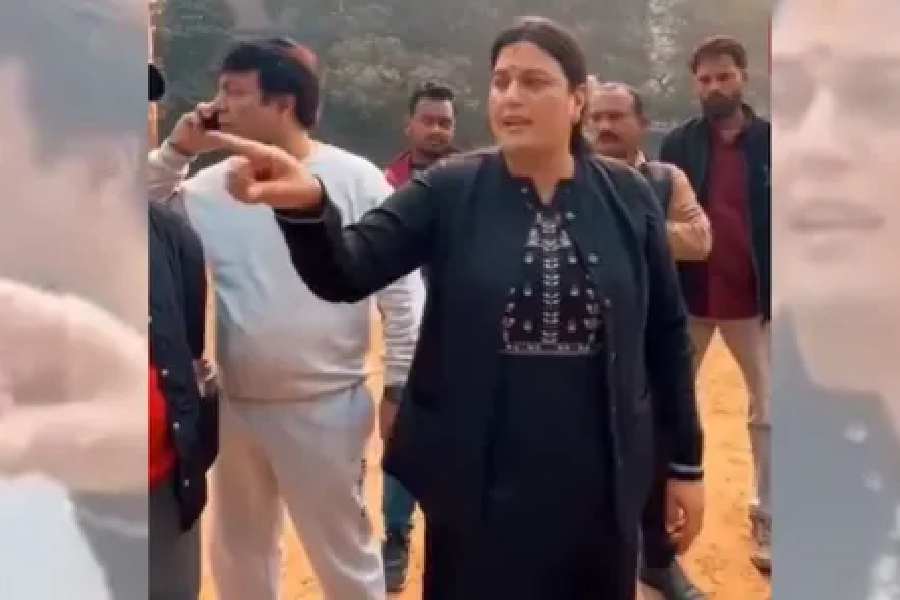“What Bengal thinks today, India thinks tomorrow” is a quote attributed to Gopal Krishna Gokhale, who is said to have made this remark more than a century ago. To many critics of Kerala’s ruling Left Democratic Front, the political marginalisation that the Left Front faces in West Bengal today is a fate that awaits the LDF tomorrow. They argue that the LDF government, which secured an unprecedented consecutive second term in 2021, is now grappling with a strong anti-incumbency wave; this was reflected in the results of the Lok Sabha elections last May. Many believe that the LDF, led by the Communist Party of India (Marxist), is heading towards a wipeout in next year’s assembly polls in Kerala.
This criticism has intensified following the CPI(M)’s recent 24th triennial state conference in Kollam. At the heart of the debate is the conference’s unanimous endorsement of “New Paths to Build a New Kerala”, a policy document presented by the chief minister, Pinarayi Vijayan, the senior-most member of the CPI(M)’s Politburo. Marking a sharp departure from the party’s traditional economic stance, the document is seen by critics as a ‘full Right turn’. Many argue that it could hasten the CPI(M)’s decline, much like the fate of its Bengal unit after the Left Front government, led by Buddhadeb Bhattacharya, embraced ‘neoliberal policies’.
The document advocates aggressively courting private investment, restructuring loss-making public sector units with private participation, welcoming private and foreign universities, increasing user fees for public services, and targeting subsidies. Ironically, many of these measures, straight out of the neoliberal playbook, were once fiercely opposed by the CPI(M).
However, while the Opposition and much of the media predict that these policy shifts will spell disaster for the Left, the CPI(M) believes otherwise. It asserts that only the LDF has a concrete roadmap for Kerala’s progress and that the new policy framework is essential to address the state’s longstanding challenges. “This conference strongly affirms that all forms of investments are welcome in Kerala, but without compromising the state’s interests,” Vijayan declared after the conference. M.V. Govindan, who was re-elected as the CPI(M)’s state secretary, dismissed allegations that the party was shifting Right. “As Marxists, we are looking for new solutions to new problems in a changed situation, especially when the state is being financially choked by the Central government,” he stated.
But critics ask why the new plan lacks special projects for the poor — once the Left’s core constituency — unlike the welfare initiatives of previous governments. In February, as Marxist ministers courted investors at a global business summit in Kochi, a marathon satyagraha by hundreds of indigent women — Accredited Social Health Activists — was taking place outside the state secretariat for raising their meagre daily honorarium. The day-night protest began on February 9 and continues undeterred by sun, rain and government apathy.
In reality, the CPI(M)’s ‘out-of-the-box’ policy explorations reflect a desperate act of survival amid unprecedented challenges. With the assembly elections a year away, the party faces a do-or-die battle to defend the Left’s last stronghold in the country. These challenges span economic, political, and even moral dimensions.
Economically, Kerala has struggled with low growth in recent years after consistently outperforming national rates. This downturn has been exacerbated by a series of natural disasters since 2018, including epidemics, cyclones, floods, and the massive landslide in Wayanad. These events have taken a significant toll on lives, property, and the state’s finances. The situation has been further aggravated by a hostile Central government, which has substantially reduced Kerala’s financial allocations and refused to fund the rehabilitation of Wayanad’s landslide victims. Kerala’s share in the divisible tax pool fell from 3.88% allocated by the 10th Finance Commission to 1.92% under the 15th Finance Commission. As a result, the state has been struggling to meet routine expenditures, including social security pensions and new investments, while sinking deeper into public debt, which has surpassed four lakh crore rupees. This financial strain has been a key driver of anti-incumbency sentiment.
Politically, the LDF finds itself on the back foot after eight years in power. Notwithstanding its consecutive assembly wins, its rout in last year’s Lok Sabha elections (winning only one out of 20 seats) was a stunning setback. The Opposition United Democratic Front, buoyed by a landslide win, appears more confident — despite internal schisms over the next chief ministerial face — with backing from outfits like Jamaat-e-Islami and the Popular Front of India. Additionally, the growing discontent of churches and the media with the LDF has boosted the Opposition’s hopes. The Left is also increasingly anxious about the Bharatiya Janata Party’s growth as the National Democratic Alliance’s vote share surged to nearly 20% in the last Lok Sabha polls, up from 5.64% in 2019; the BJP also grabbed its first-ever seat last year. The CPI(M)’s recent organisational report acknowledged its concern, noting that the BJP had made inroads into the party’s traditional vote base across the state.
For the first time, the LDF’s moral standing has also suffered significant damage. Never before have family members of a Communist chief minister faced graft allegations as Vijayan’s have. Though unproven, the party’s and Vijayan’s failure or refusal to convincingly counter these accusations has been conspicuous. Widespread complaints of arrogance and abuse of power by CPI(M) leaders, police, and even student activists have dominated media narratives. Many draw parallels to the ‘Gangster State’ that allegedly emerged in Bengal under Left rule.
Yet, despite these challenges, the LDF and the CPI(M) remain confident of securing a third consecutive term. They highlight the strides in infrastructure development, improvements in public health and education, increased industrial investment, a thriving start-up sector praised even by opponents like Shashi Tharoor, and Kerala’s continued excellence in human development indicators. Moreover, unlike its opponents, the LDF has two advantages: a plan — though sometimes controversial — for the state and a decisive though despotic leader.
However, despite its bravado and the induction of 17 young members into the 89-member state committee, the CPI(M) continues to rely solely on the 79-year-old Vijayan to lead it to victory. The Politburo coordinator, Prakash Karat, and Govindan confirmed that Vijayan will spearhead the LDF campaign in 2026 but remained evasive about whether he would continue as chief minister if the LDF wins.
The CPI(M)’s organisational norms prohibit party members from contesting assembly elections after two consecutive terms. However, Vijayan was granted an exemption in 2021, allowing him to contest and win again. He subsequently became chief minister for a second term, with an entirely new cabinet. Another exemption is now being considered for Vijayan from a 2022 rule barring members over 75 from holding organisational positions. This rule led to the removal of three senior state secretariat members at the recent conference. If enforced, it would require eight members, including Vijayan, to step down from the Politburo at the CPI(M) Congress in April
in Madurai.
Given Vijayan’s firm grip on the party — having quelled decades-long factionalism (and, many believe, internal democracy) in the CPI(M) and marginalised once-formidable opponents like V.S. Achuthanandan — it is unlikely that he will be sidelined. Even within the Politburo, he remains unchallenged as the leader who has safeguarded the CPI(M)’s last stronghold while the party withered elsewhere in India.
M.G. Radhakrishnan, a journalist based in Thiruvananthapuram, has worked with various print and electronic media organisations










